|
This is an updated version of the Personal Word Wall used with my 4th Grade Special Education Students. They used it to help add adjectives to their writing, but it was also great because it improved their spelling and expanded their vocabulary as well. This handout was kept in their writing folder with other Personal Word Walls.
Suggested Use:
For the best results, please select the "Fit to Printable Area“ or "Fit to Printer Margins“ options in settings before printing. Original Version:
0 Comments
1 page, 7 questions Suggested Use: Assessment, Review and/or Homework 4 pagesDirections: Find the pattern for each table, complete the chart and circle the Rule. 8 Input / Output Charts for students to complete Prior knowledge of patterns, addition, subtraction, multiplication, and division is required to complete this lesson. Identify the parts of a letter by writing the correct answer in each section. Identify the parts of an envelope by writing the correct answer in each section. Choose your answers from the box below. 2 pagesDirections: What is your favorite memory from last school year? Write about what happened in the space below. There is also an additional page for students to add more to their story if they run out of writing space within the thought bubble. This product is also perfect for class discussions and bullet2oards! You can either use the full page or have students cut out the thought clouds before you put them on display. This activity is part of a larger set - The Ultimate Back to School Activities Pack!!!, but each product is also sold separately. Directions: Read your book. As you read, STOP and THINK about what is happening. You should STOP after every 2 to 4 pages and write down what is happening in the story. This was used with my 4th-grade SPED class to help improve reading comprehension. 2 pages, 2 color options Suggested Use:
Option #1Option #21 page graphic organizer, 3 color options. 8 KWL charts focused on the following topics:
 Reading Pictographs: Free Refills! by The Teacher Treasury is licensed under a Creative Commons Attribution-NonCommercial-NoDerivatives 4.0 International License. Based on a work at http://www.theteachertreasury.com/free-downloads/reading-pictographs-free-refills.
Believe it or not, one of my 8th graders showed me this trick and it blew my mind!
Some of you may be thinking, this isn't a useful resource because it doesn't help the student understand the concept of multiplying by 9 and that's understandable. However, I've taught 4th and 5th grade special education and little tricks like these are a lifesaver and confidence booster when students encounter multiplication problems. I really hope you find this helpful too.  Multiplying by 9: A Tip You Won't Forget by The Teacher Treasury is licensed under a Creative Commons Attribution-NonCommercial-NoDerivatives 4.0 International License. Based on a work at http://www.theteachertreasury.com/free-downloads/a-helpful-tip-to-remember-the-next-time-you-multiply-by-9-mini-poster.
Optional Materials: 1 sheet of graph paper (per student).
This is if you want them to graph the information from the pictograph. 2 pages, 14 questions Directions: Tony sold pencils to his friends. The pictograph below shows how much money he earned. Lesson: Students are asked to read a pictograph where dollar signs ($) = $2 Students must understand the concepts of: minimum maximum most least more than less than same amount true or false statements  Reading Pictographs: Tony's Pencil Stand by The Teacher Treasury is licensed under a Creative Commons Attribution-NonCommercial-NoDerivatives 4.0 International License. Based on a work at http://www.theteachertreasury.com/free-downloads/reading-pictographs-tonys-pencil-stand.
2 pages, 10 questions
Directions: Michael and his father removed the leaves from their front yard. This pictograph shows the number of leaves collected and their colors. Use the information below to answer the following questions. Teacher Tip: Print this activity double-sided to save paper.  Reading Pictographs: Fall Cleanup by The Teacher Treasury is licensed under a Creative Commons Attribution-NonCommercial-NoDerivatives 4.0 International License. Based on a work at http://www.theteachertreasury.com/free-downloads. I'm not sure about you, but I have an account with a long list of websites that require usernames and passwords. In an effort to make things easier on myself, I created this really simple form. There are tons of other free password cheat sheets out there, but I really wanted one that included a box for clues/hints. Perhaps I'm overly cautious, but I don't like my full password written out anywhere. In the password box I usually put something like "Pc4#s" meaning the first letter of the word has a capital p followed by the second word that begins with a lowercase c and a pattern of 4 known numbers. My clue would read "my favorite food" and I know that to be "Potatochips1234". Either way, if you download the MS Word format, you can customize the document to your liking or type your information instead of printing and writing. Download NowFonts by KevinandAmanda.com 1 page, 21 questions. This practice sheet reviews: Factors Greatest Common Factors Least Common Multiples Least Common Denominator Mixed Numbers Improper and Equivalent Fractions Happy Teaching! A few more word problems for students to solve using addition, subtraction, multiplication and repeated addition. I gave this sheet to my students for homework at least twice a week. Every night my class was required to read for at least 30 minutes. I would often give them this 3 question worksheet to quickly assess their knowledge of their book. Keep in mind, several of my students were well below reading level and still reading picture books. This sheet works well with shorter books students can read in one sitting or I'm sure you can use introduce it once readers have completed a chapter book. Students are asked to identify each number sentence as either TRUE or FALSE. 4 pages, 15 questionsStudents are asked to solve word problems involving basic addition, subtraction, multiplication and division skills. Directions: Read each of the following math problems carefully. Re-read the problem to make sure you understand. Show your work and circle your final answer. For this quick assessment, I included the definitions of maximum, minimum and median at the top to remind students of the difference. When teaching special education, I often provided students with just a little more information than usual to help them feel more confident about completing activities. Directions:Now that you have read the story “The Boy Who Cried Wolf”, think about the author’s purpose of this non-fiction tale. Why do you think the author wrote this particular fable? What moral do you think the author wants readers to learn from this story? Why do you think nobody believed the boy at the end of the story? Use supporting details from the story to support your answer. In your answer, be sure to:
Check your writing for correct spelling, grammar, capitalization, and punctuation. Directions:The Three Little Pigs is about a wolf who wants nothing more than to eat three little pigs. Now, think about the wolf in the tale of Little Red Riding Hood. After thinking about the two characters, tell how the two wolves are alike. Afterwards, tell how they are different. Use supporting details from both stories to support your answer. In your answer, be sure to
2 pages, 12 addition problems eachThese pages are great for students who have difficulty with spacing and lining up their numbers. I made this chart to improve behavior management with one of my smaller groups in upper elementary. This is just a photo of what I handed out to my students. The download below is a blank MS Word document ready for editing. I only meet with this group 4 days/week, but the download also includes a template for 5 days. I informed the students we would be coming up with a list of rules/guidelines as well as a list of consequences and rewards. Afterwards, I typed up an agreement/contract including the ideas we'd come up with and asked them to sign it. Finally, I stapled their contracts to the back of these incentive charts to remind them of the behavior they agreed to. They receive a check-mark for each rule they uphold daily, when they don't receive a consequence and when they are caught being a leader. X-marks are when they are unable to follow the guidelines and when they receive a warning for their behavior. Keep in mind that 3 warnings = an automatic consequence and X-marks cancel out check-marks which is why they are subtracted at the bottom. 25 points = their choice of one of the rewards we agreed upon (special snacks, lunch with me and a friend of their choice, treasure box choice, etc.) I encourage the students to fill out the boxes at the bottom at the end of the week, but it's completely optional. If they are left blank, I sometimes write my own comments for the girls to see the following week. I attach a new sheet each week so it's easier to track their behavior and points. My students are responsible for giving themselves checks and X-marks throughout the lesson, but I go back and double check that they have been keeping accurate score. |
Free Resources Search, Comment & Share! Categories
All
Archives
November 2023
|
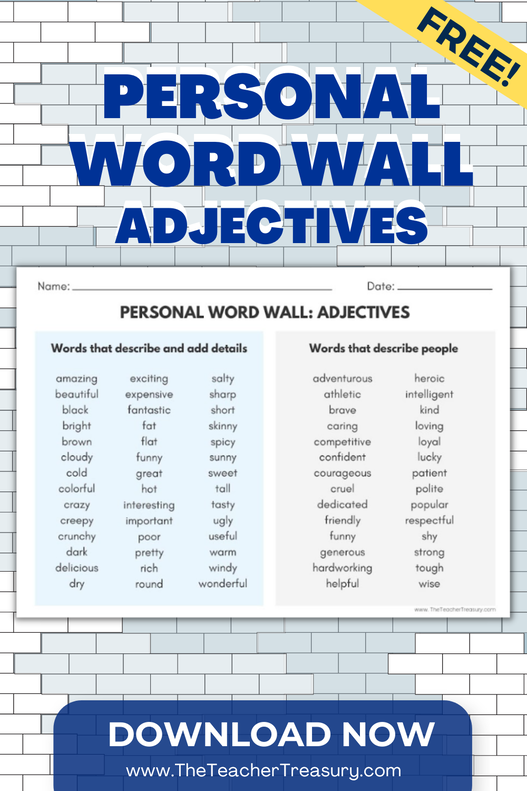
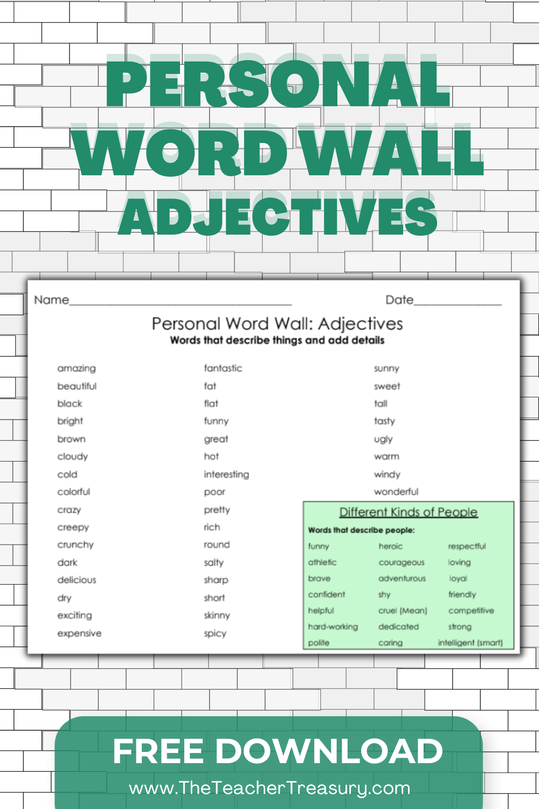

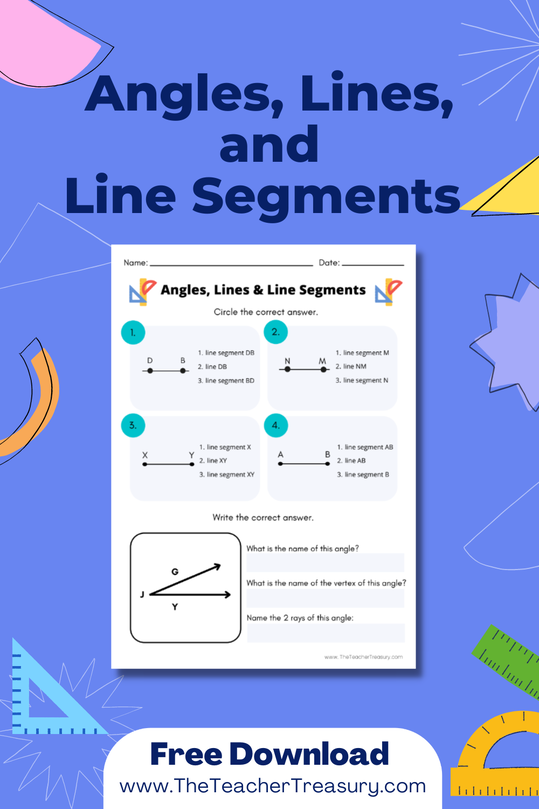

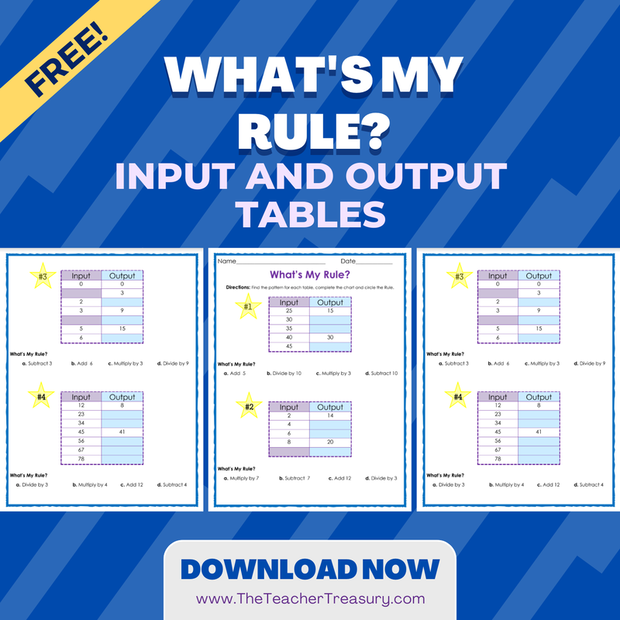
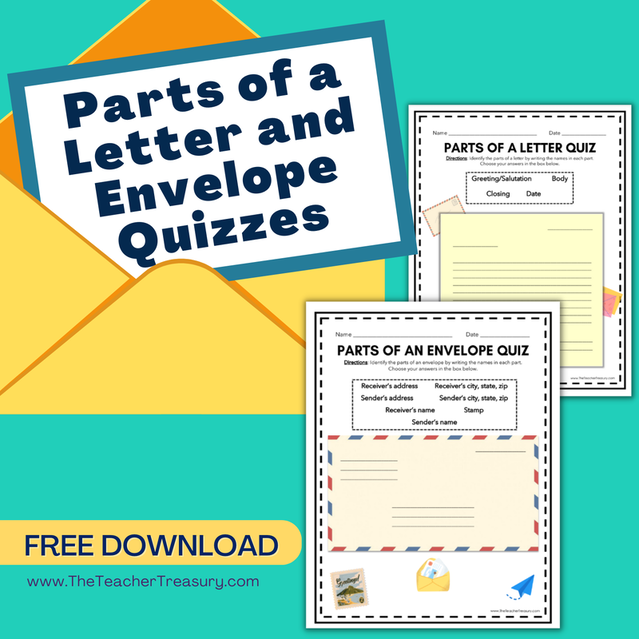
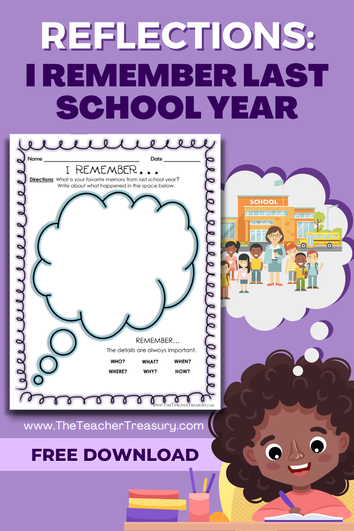
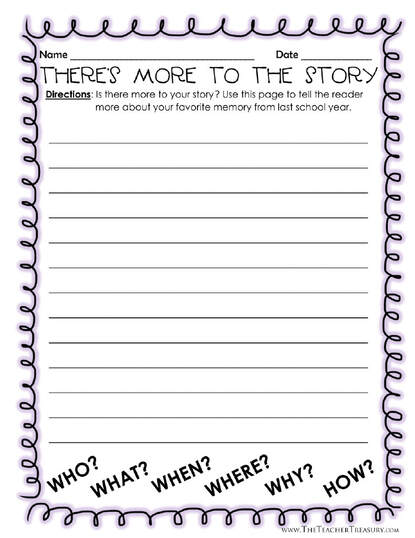
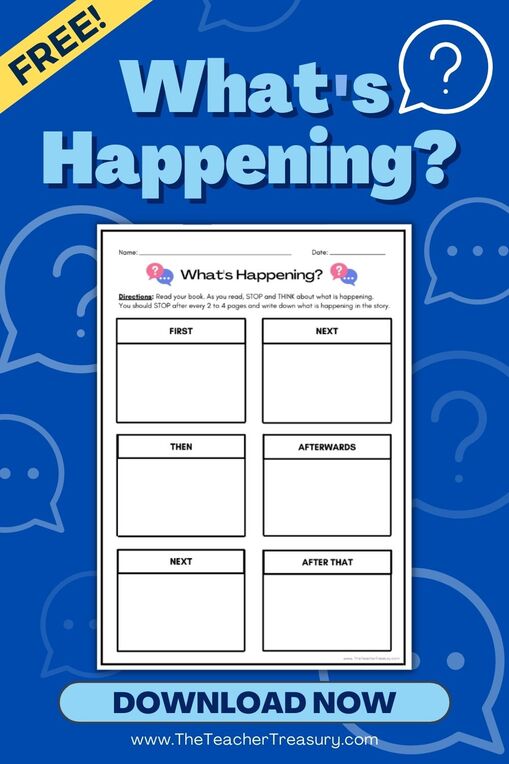
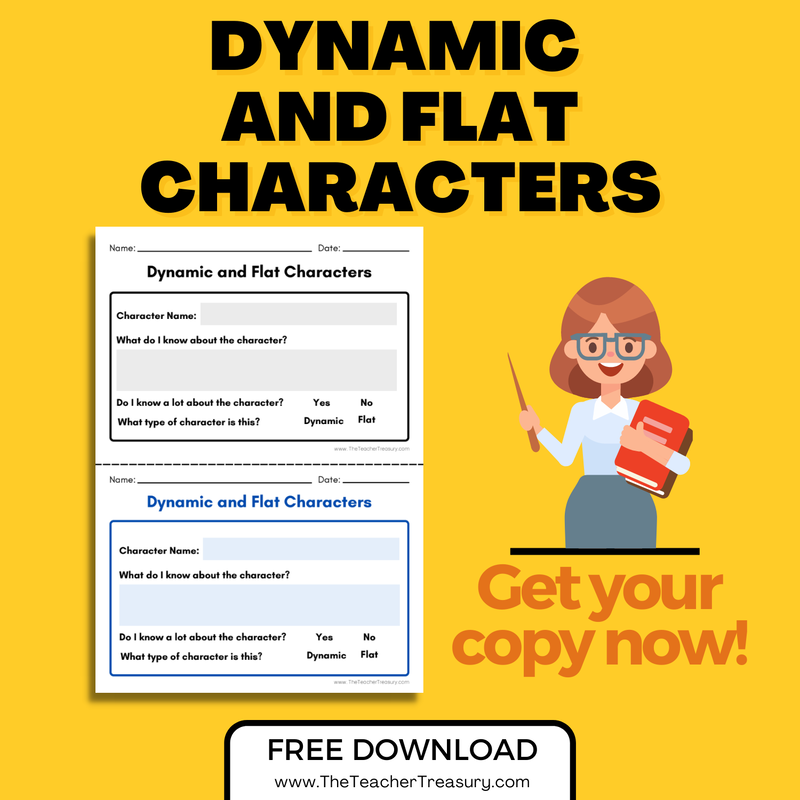
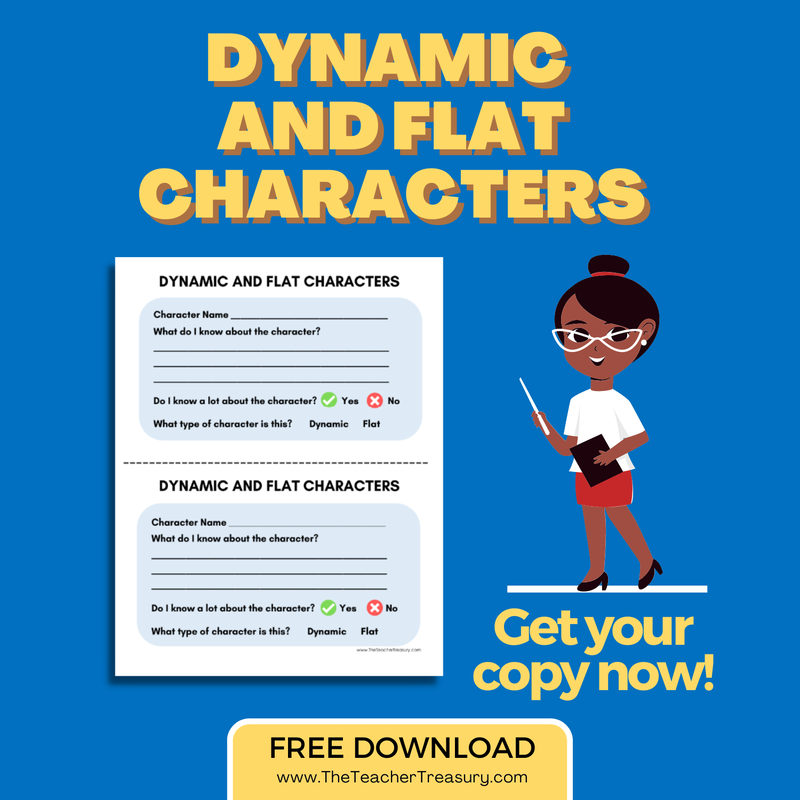
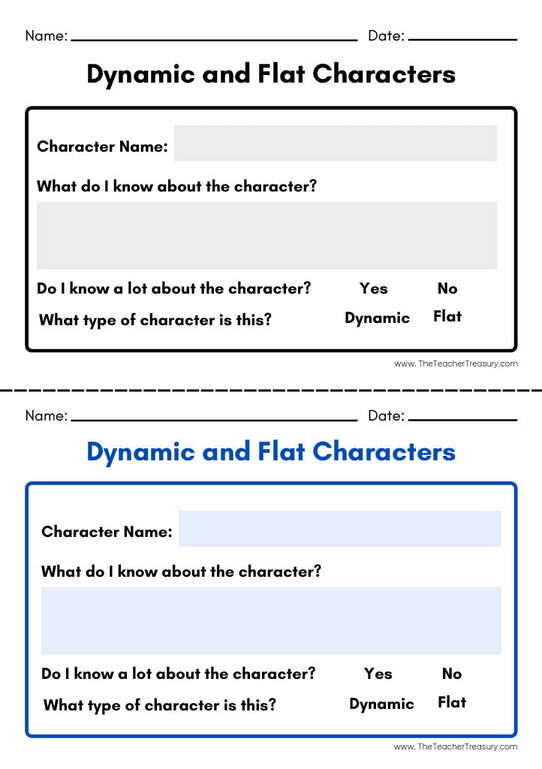
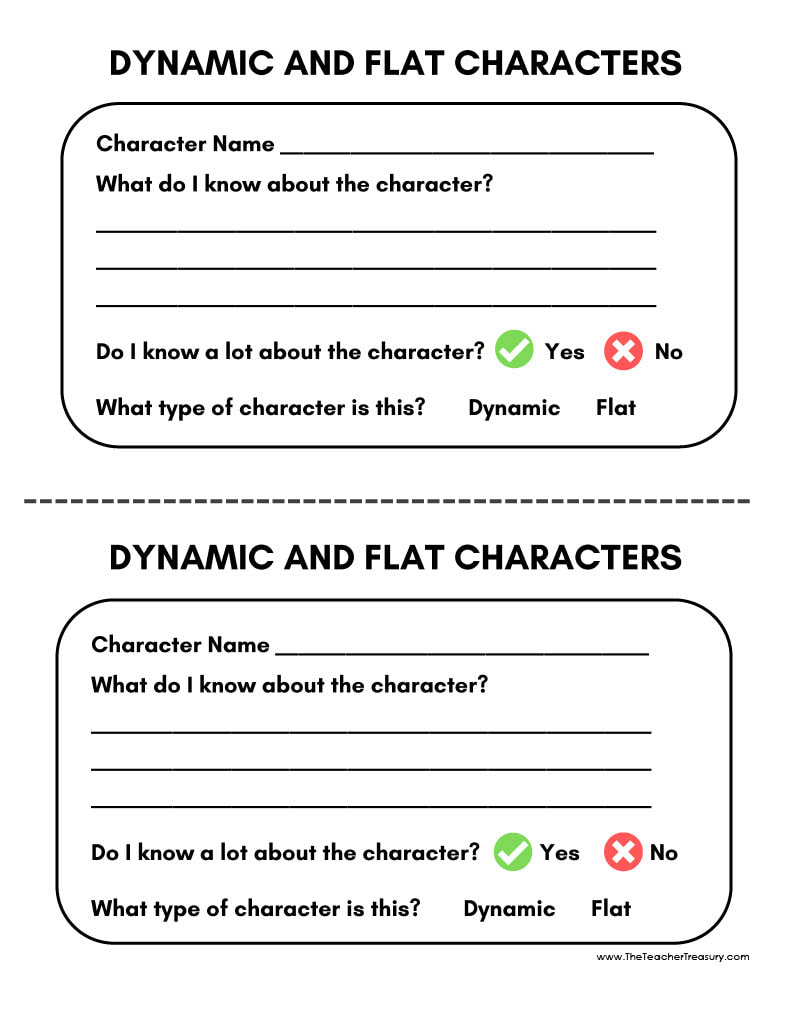
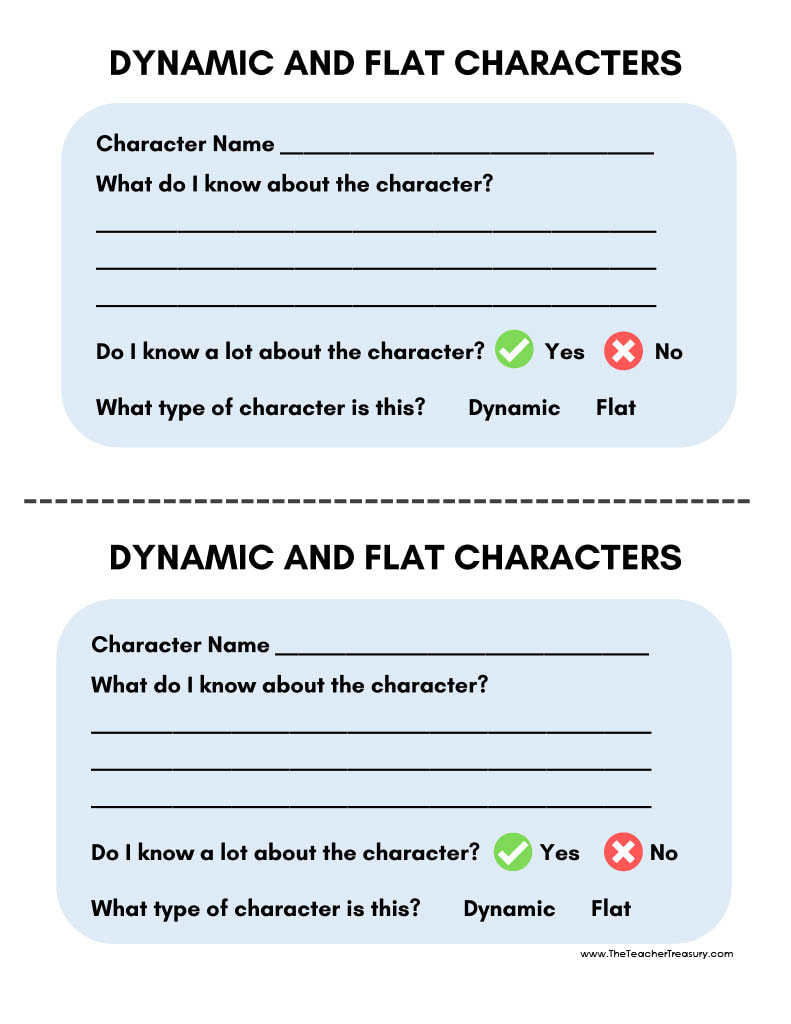
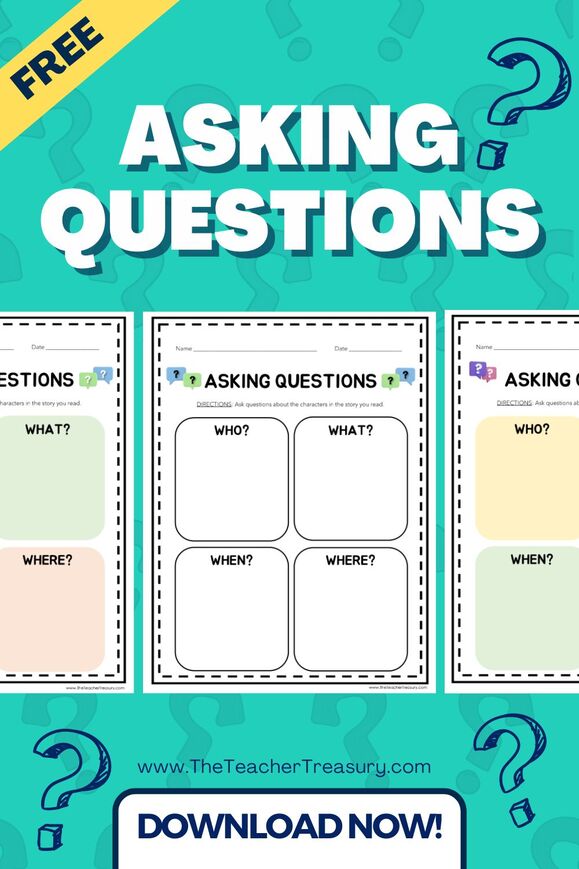
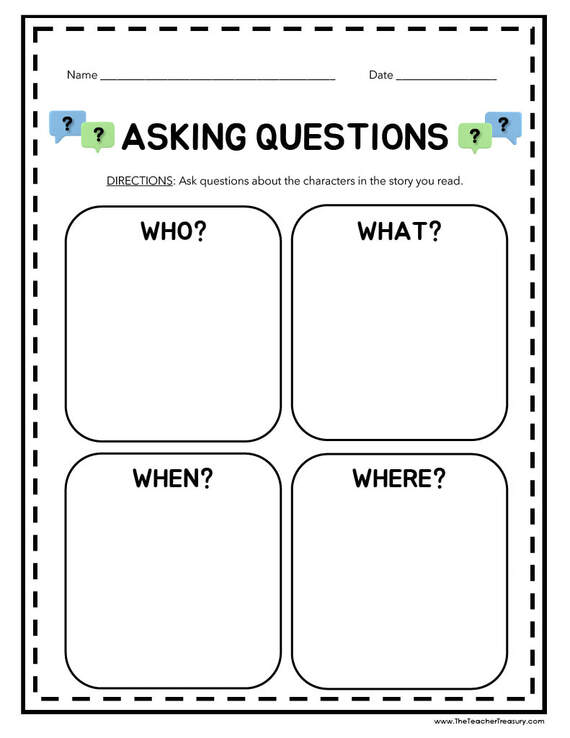
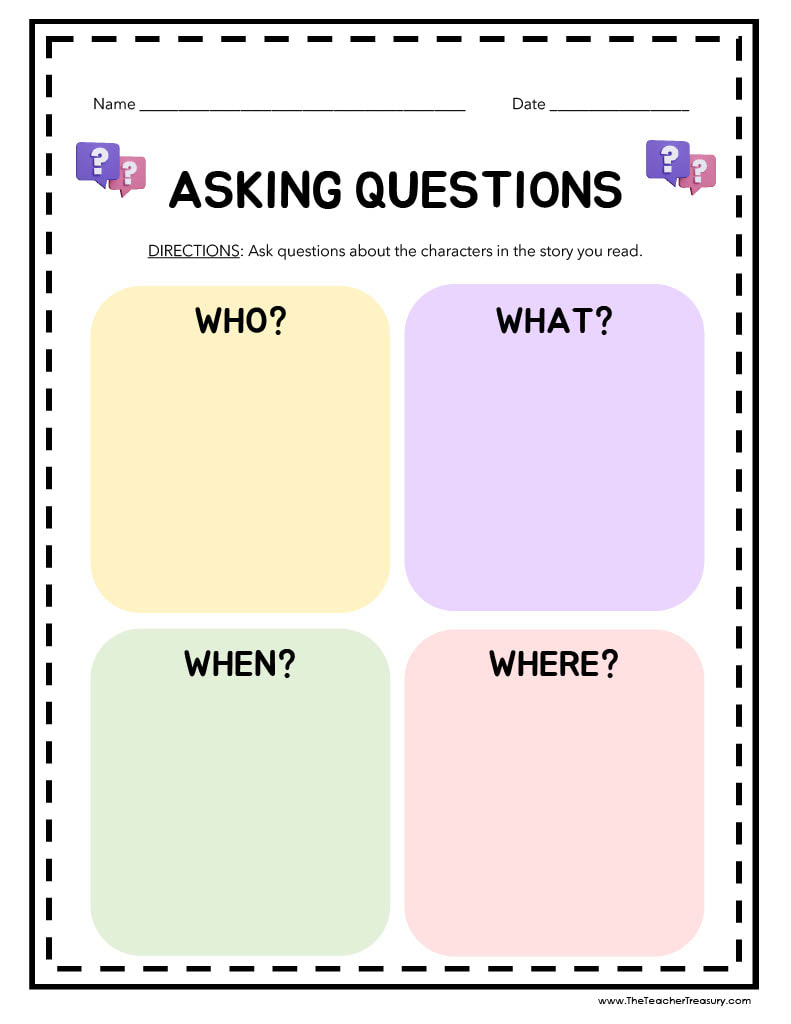
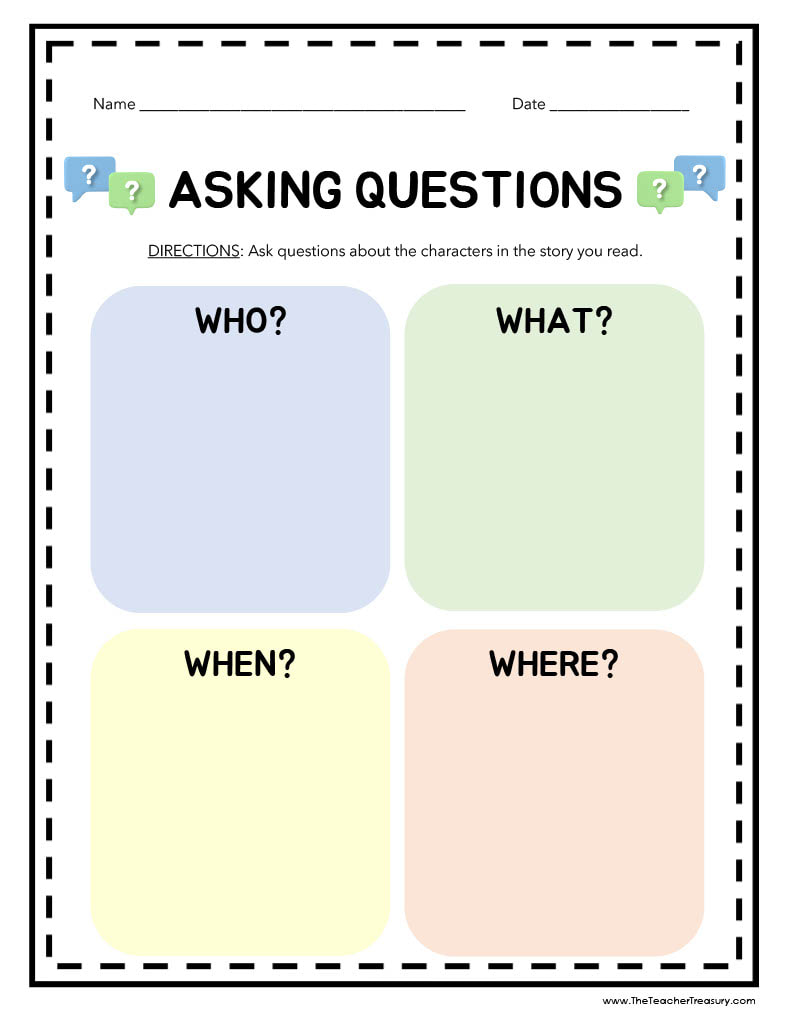
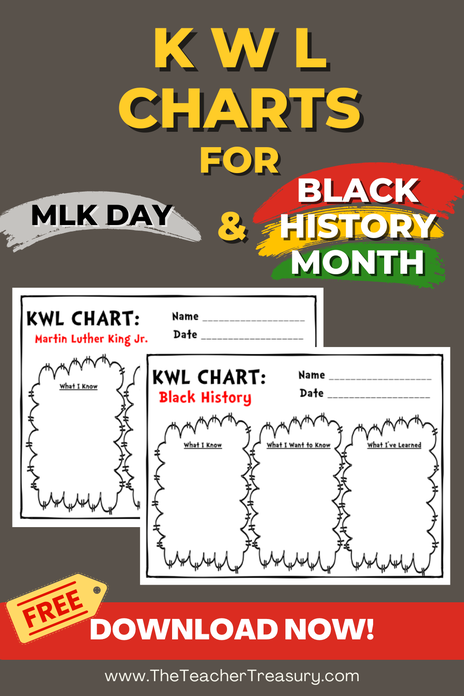
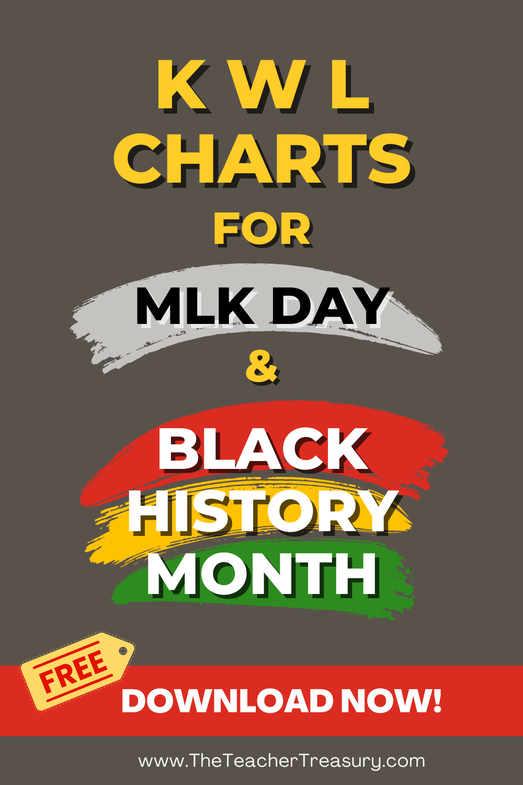
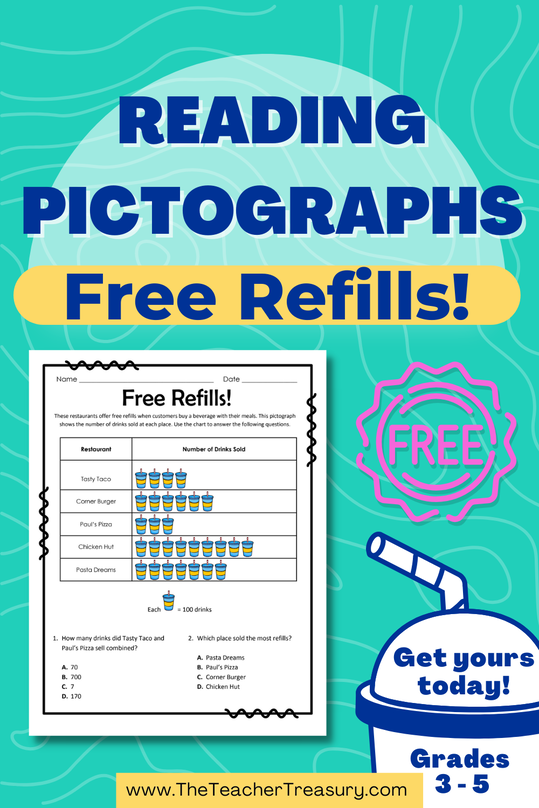
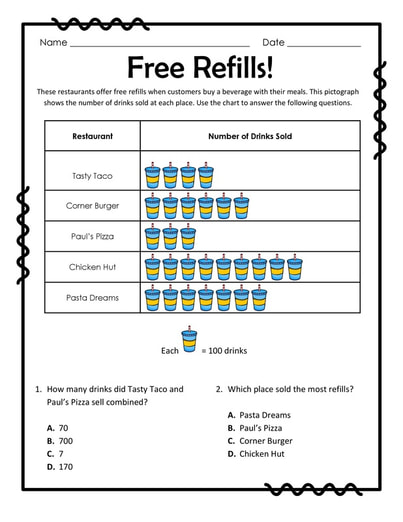
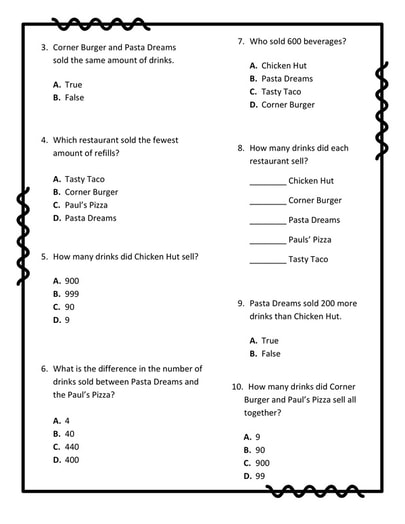
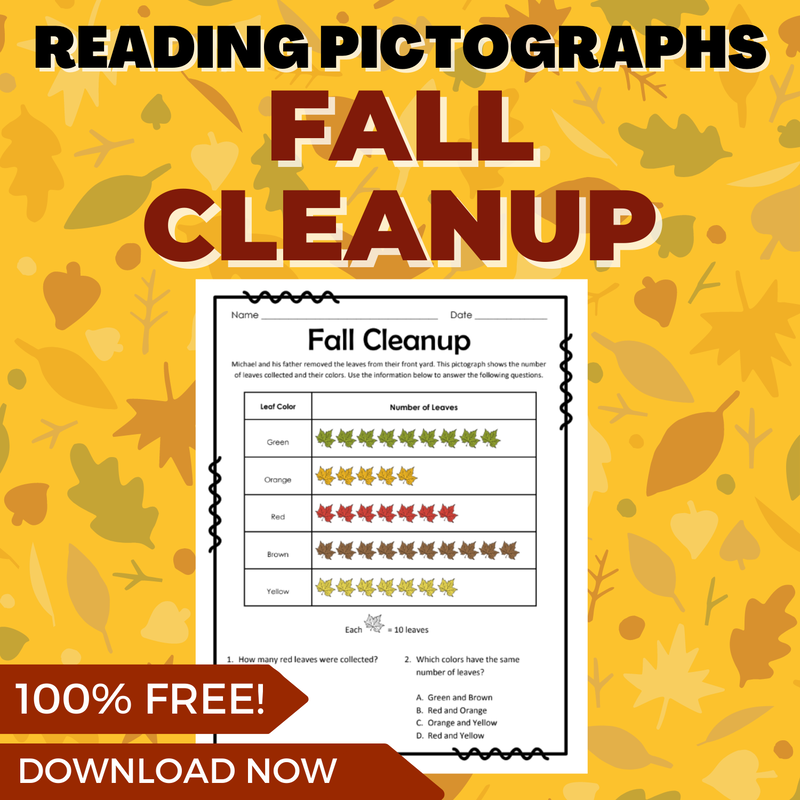
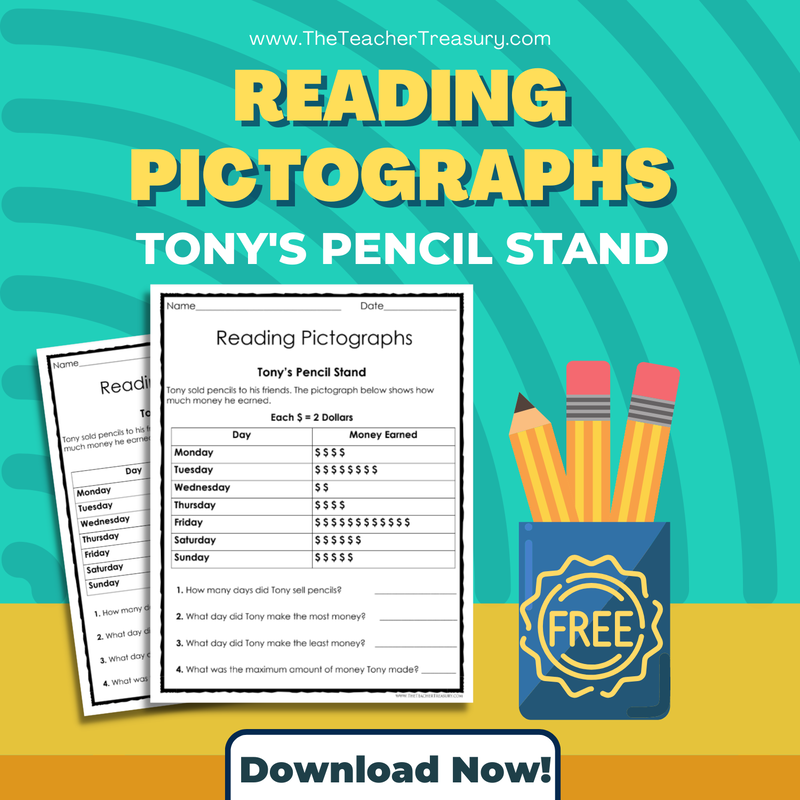
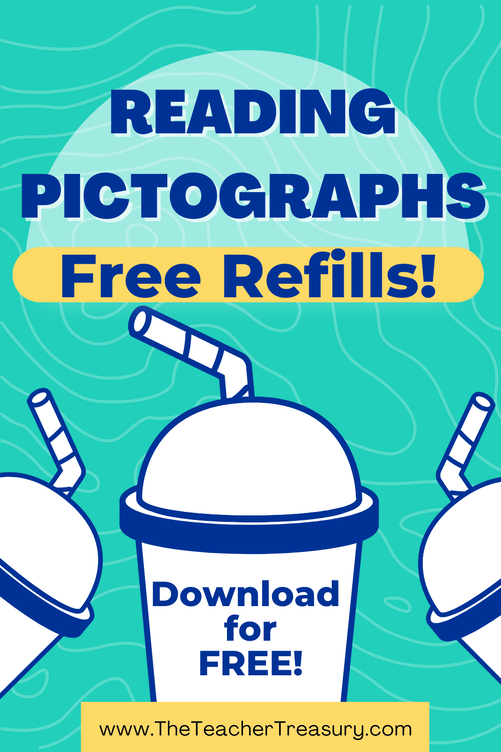
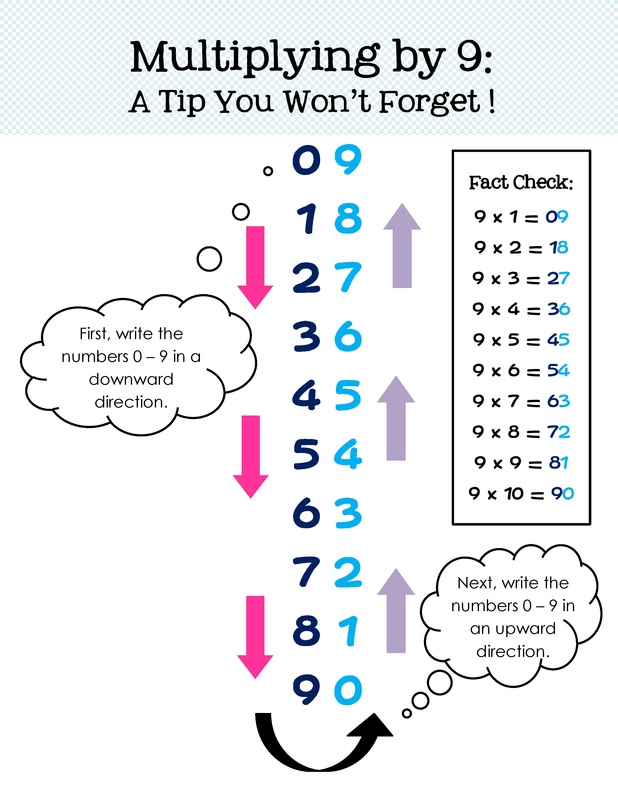
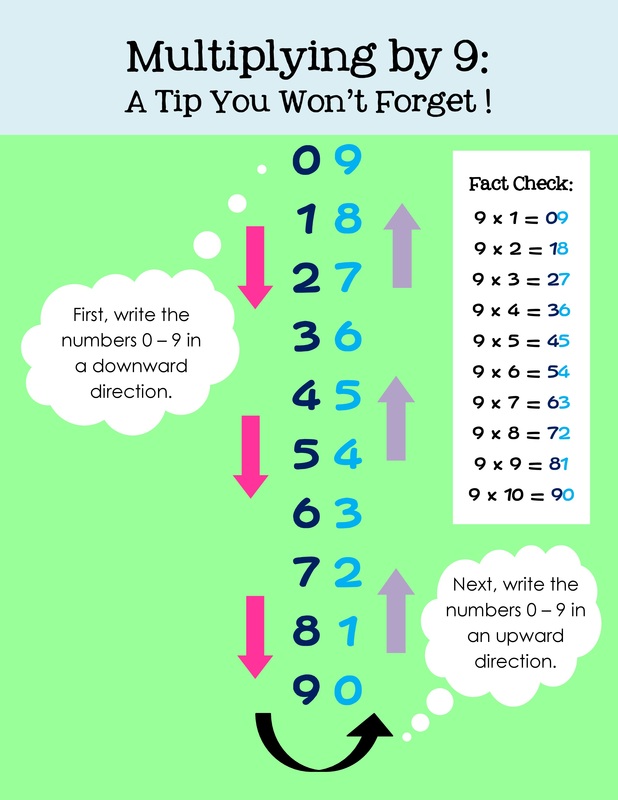
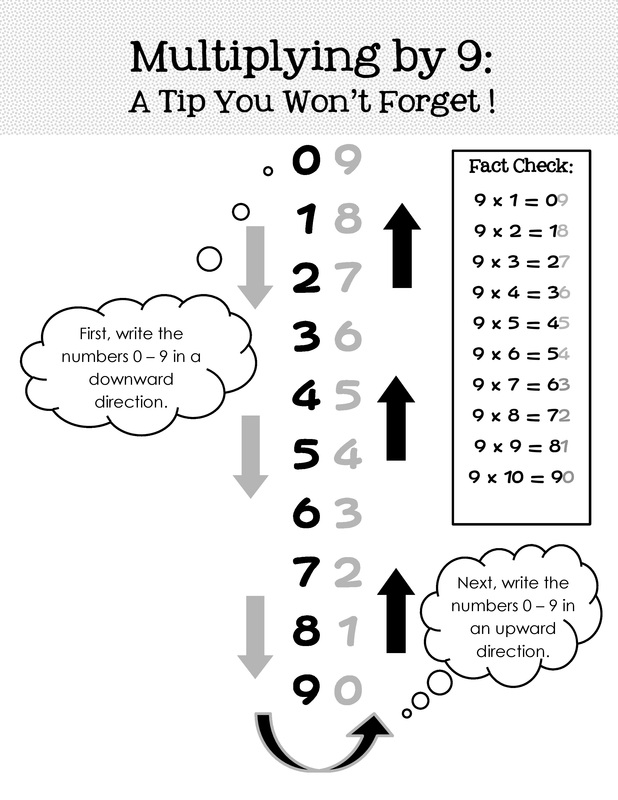
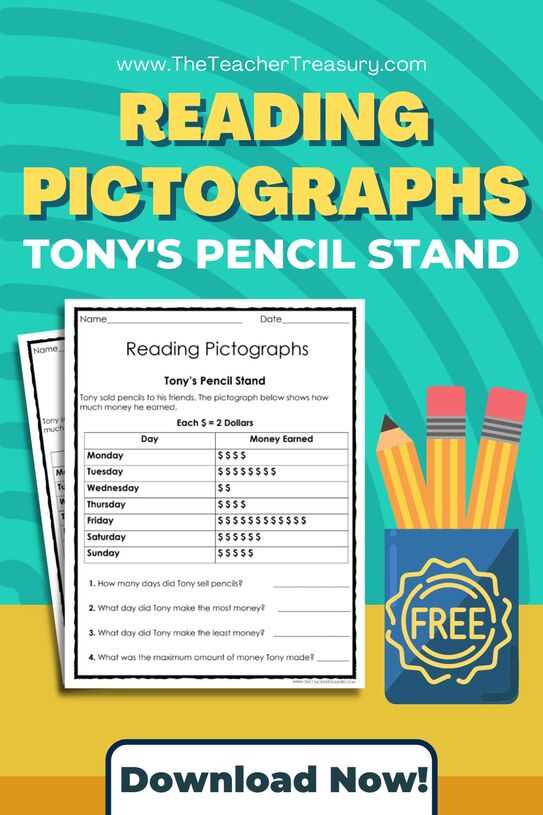
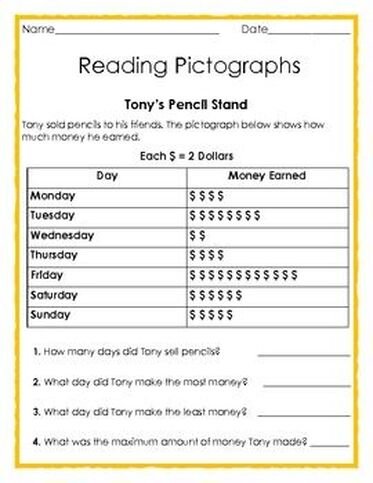
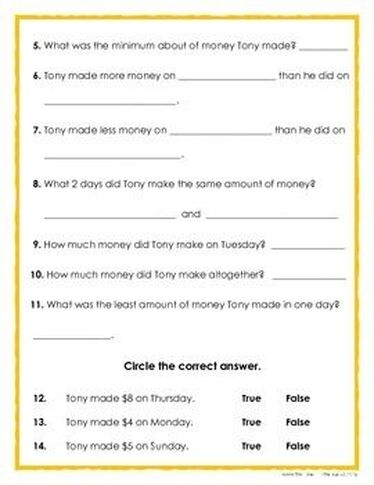
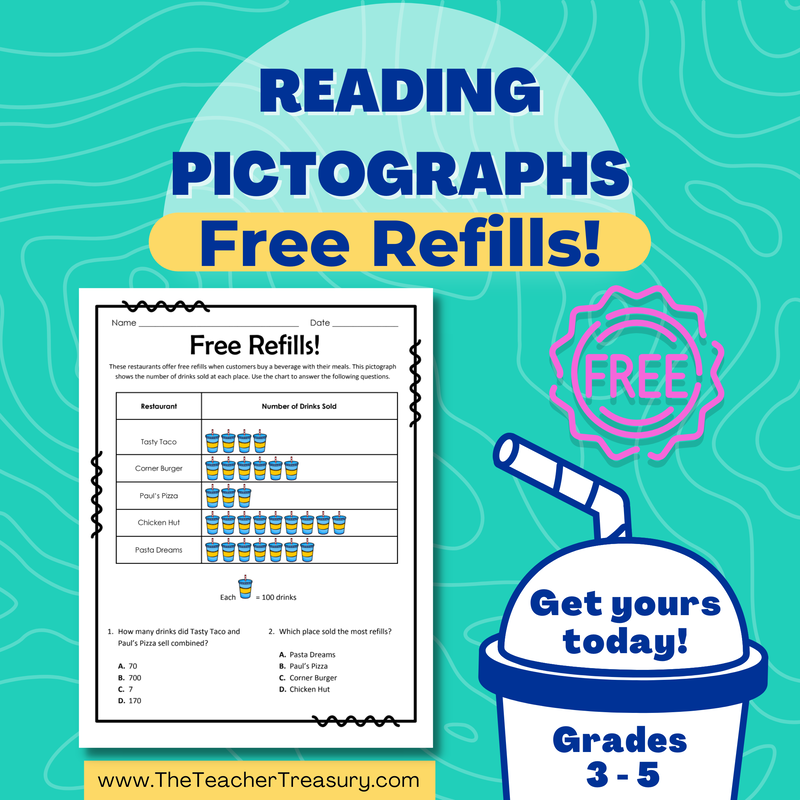
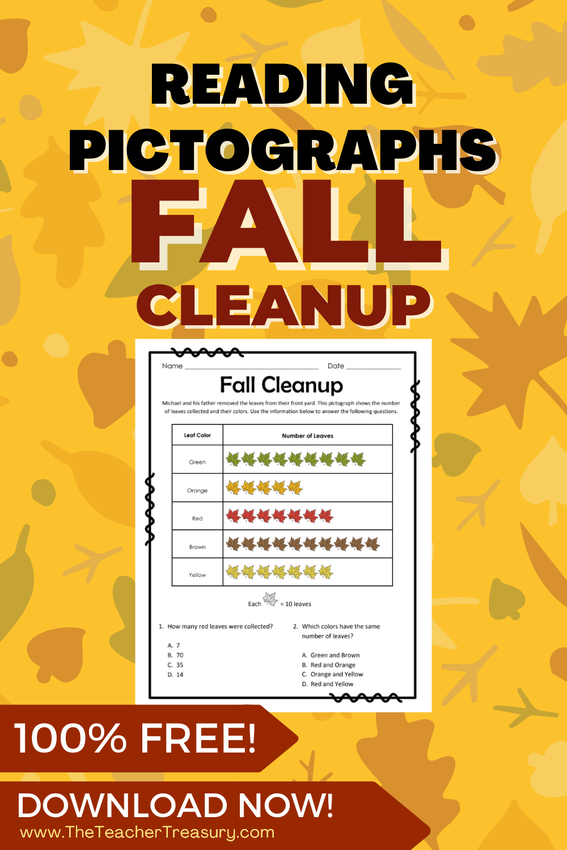
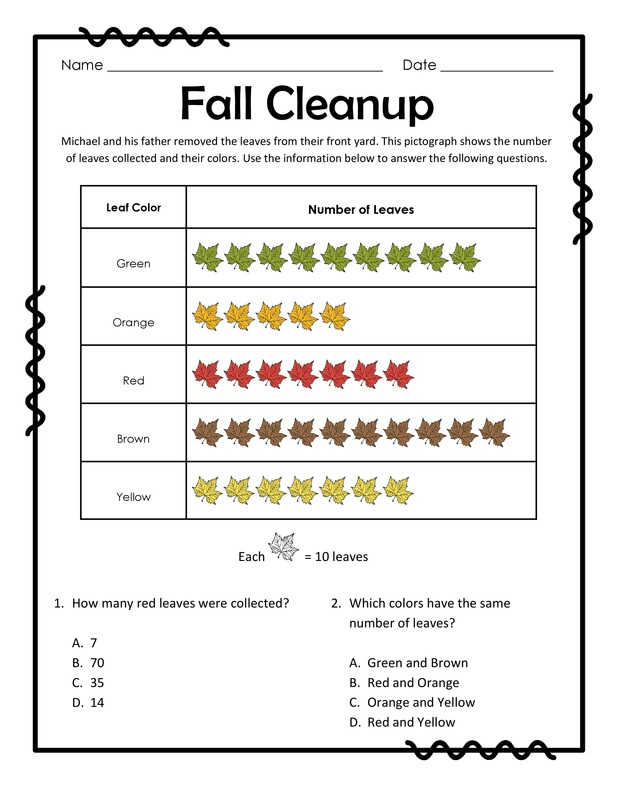
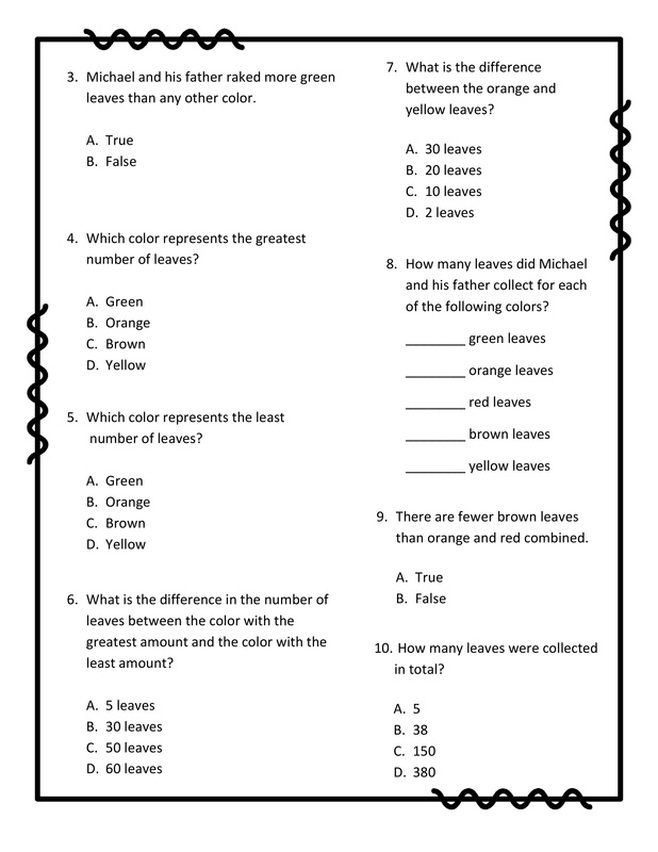
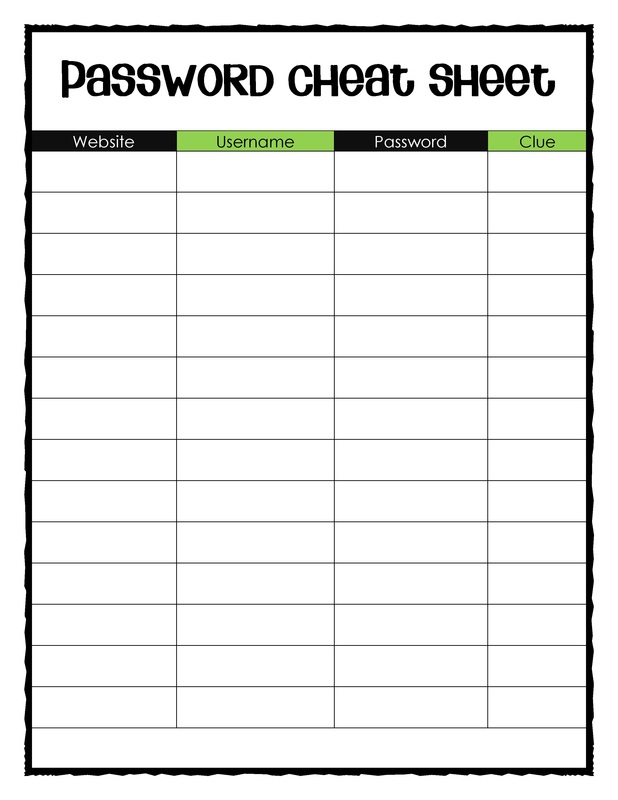
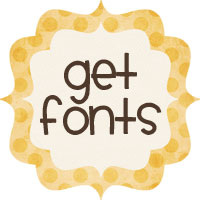
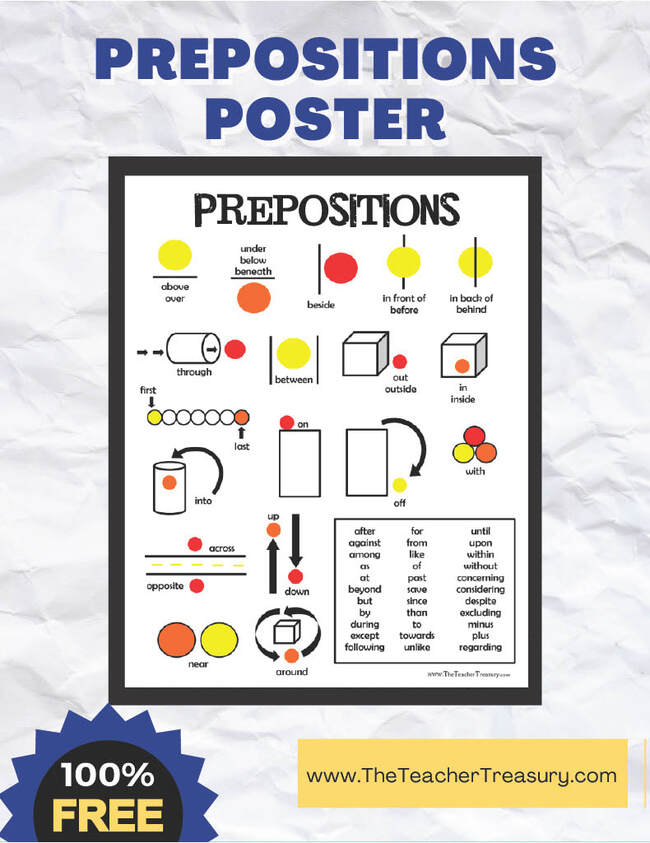
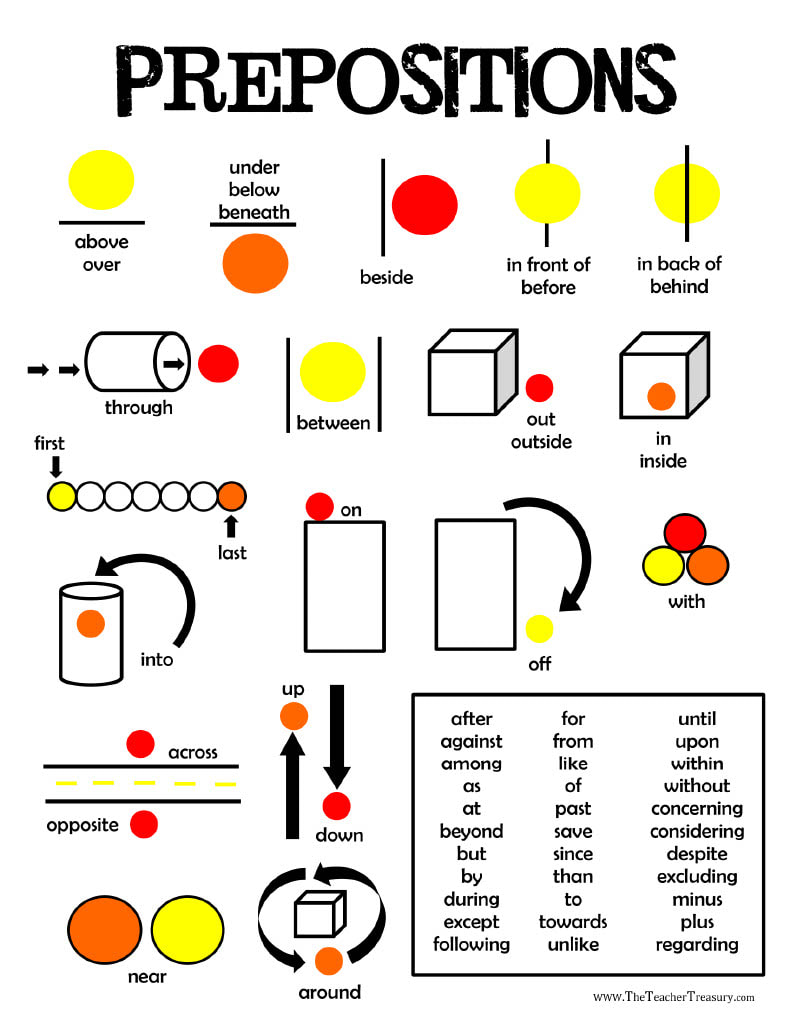

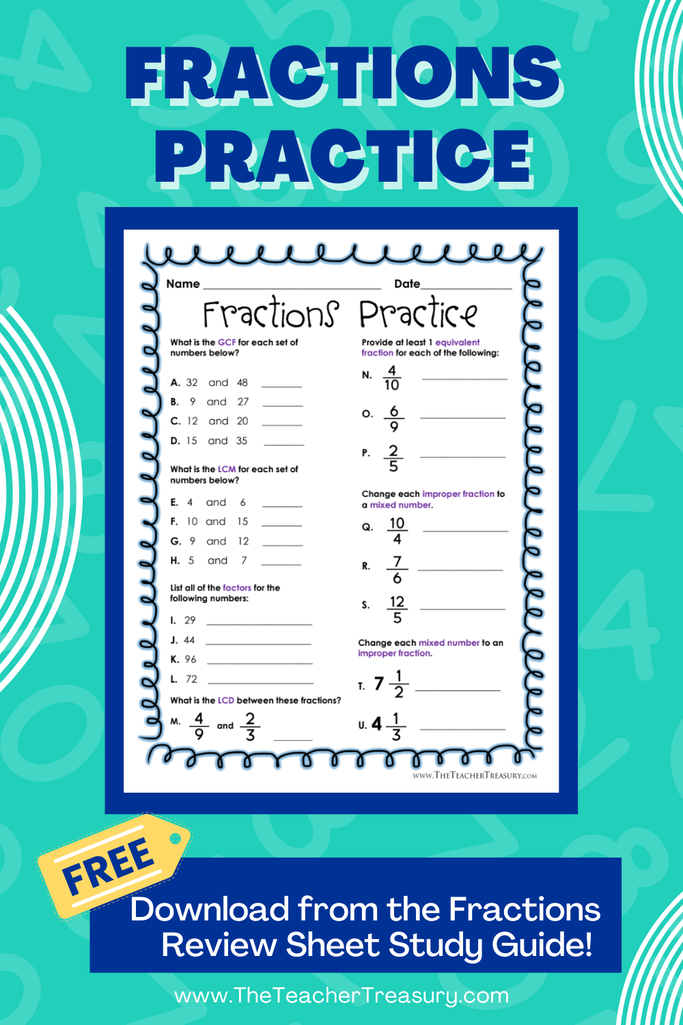
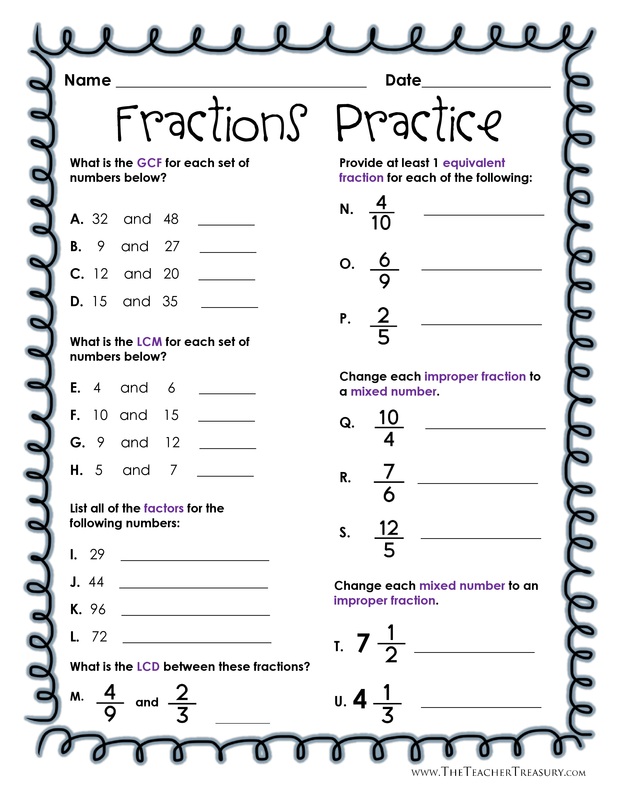
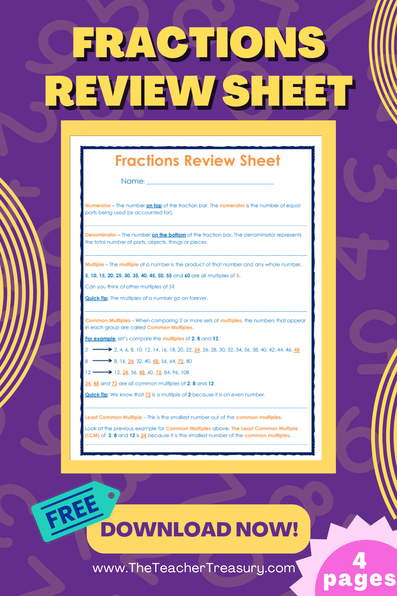
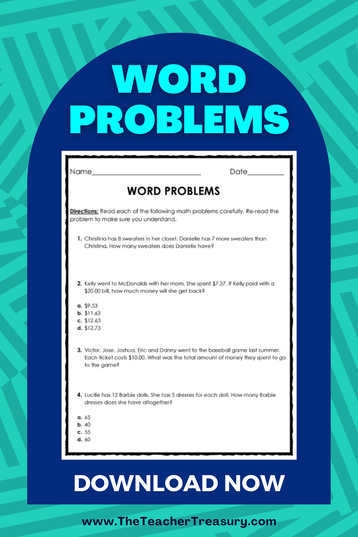
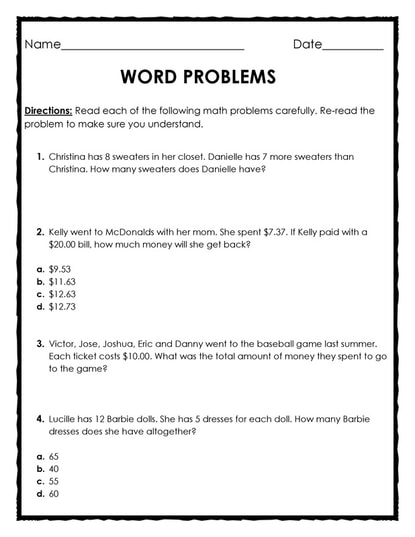
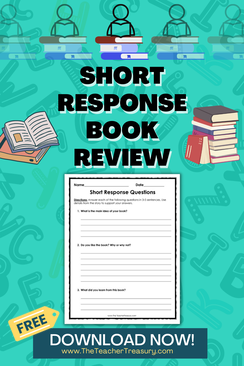
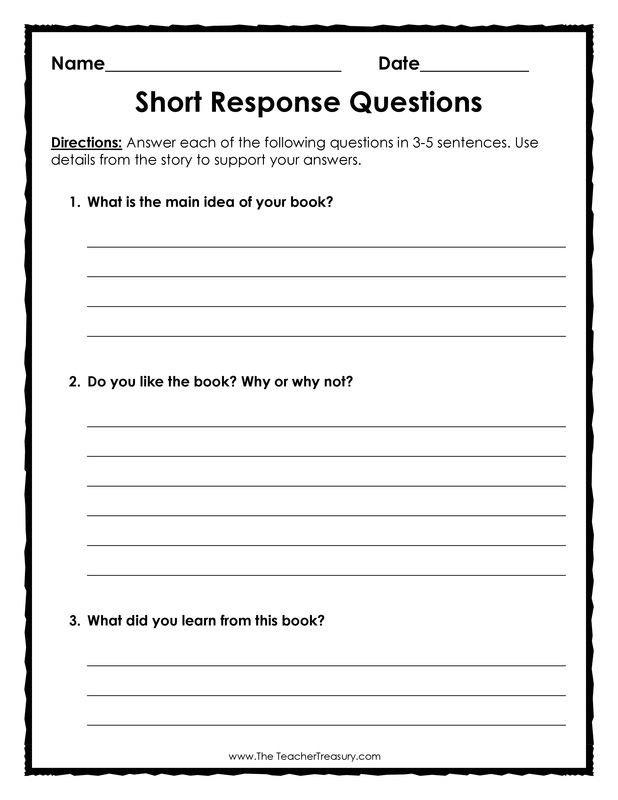
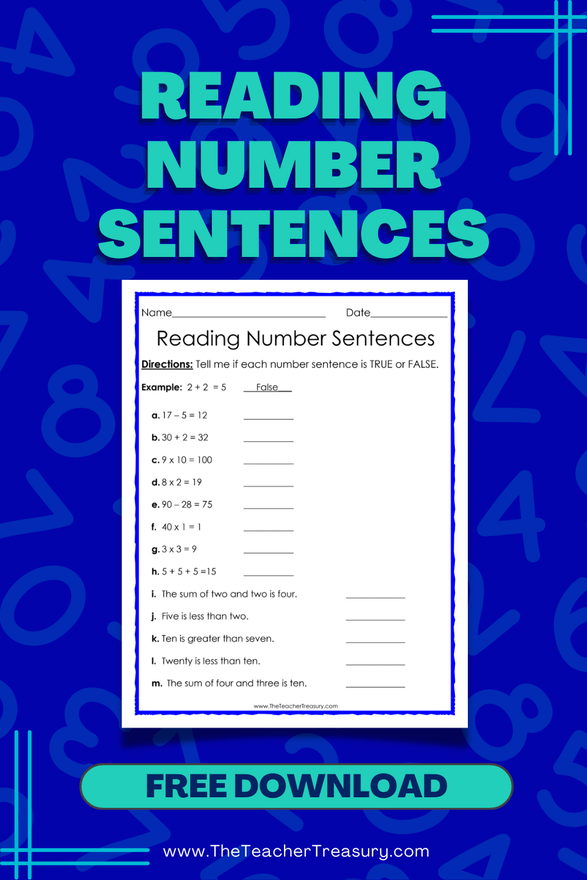
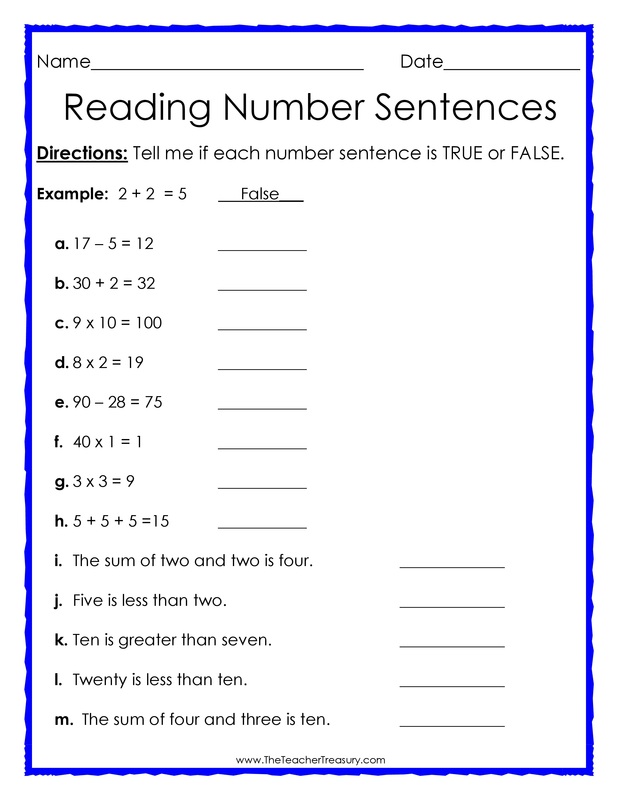
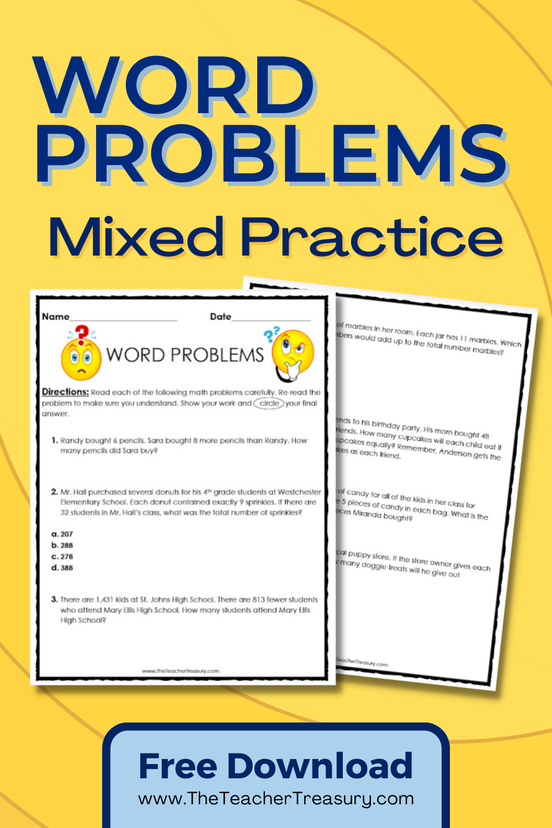
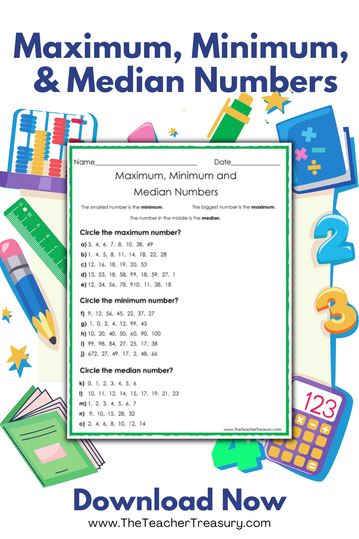
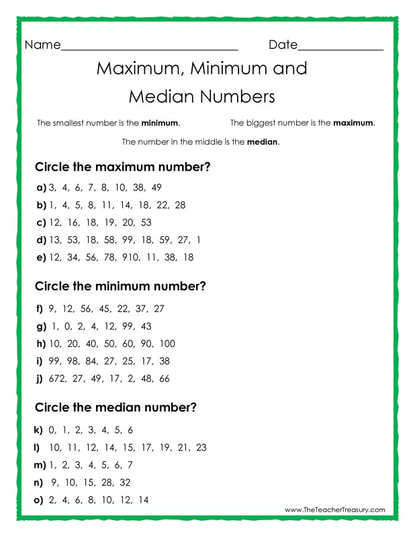
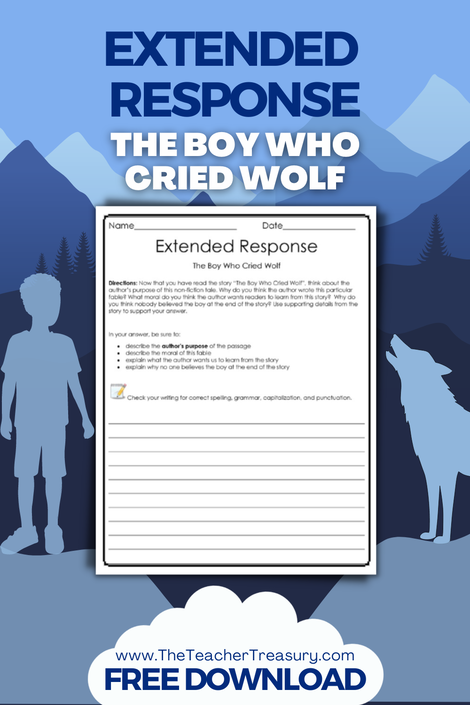
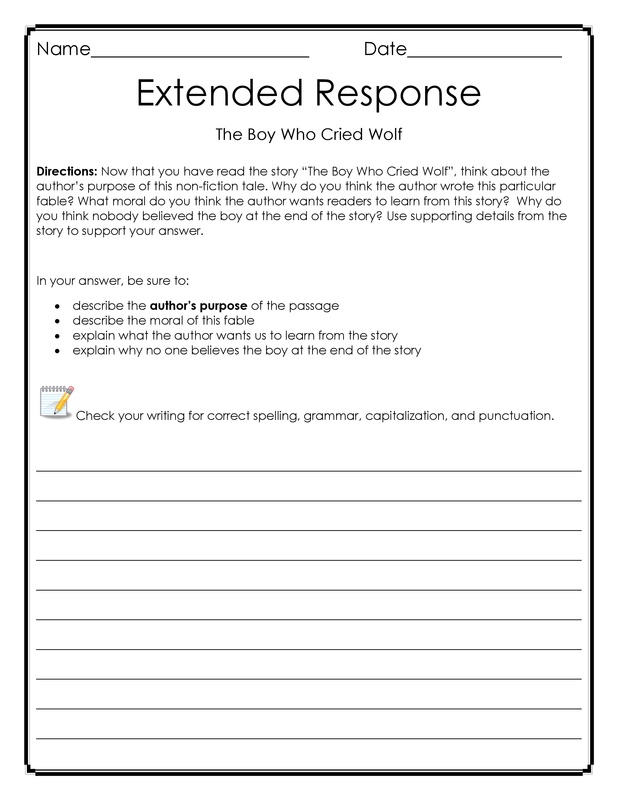
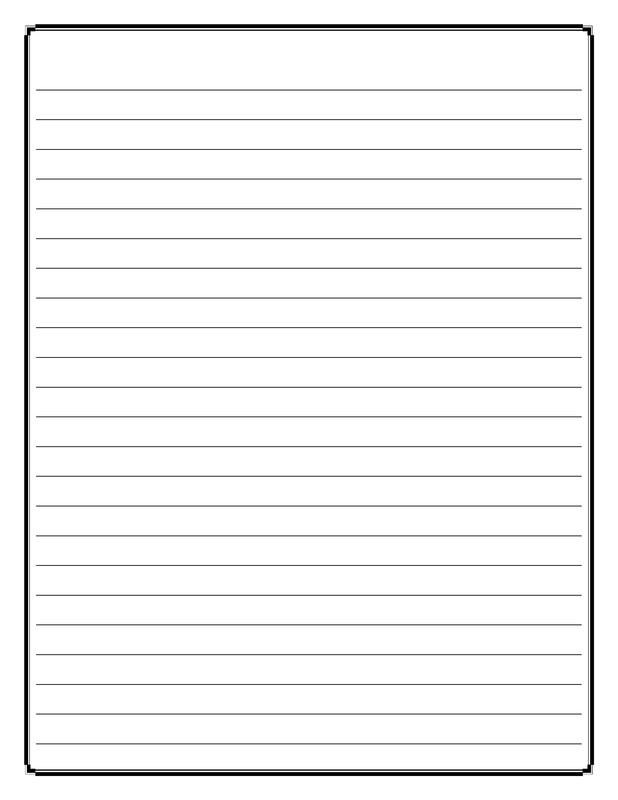
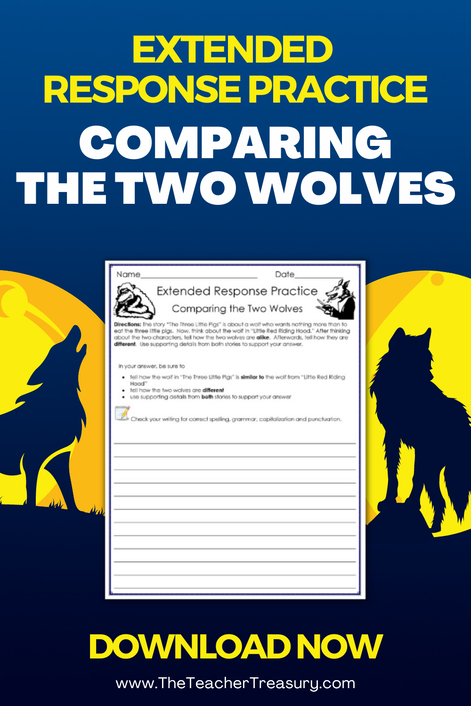
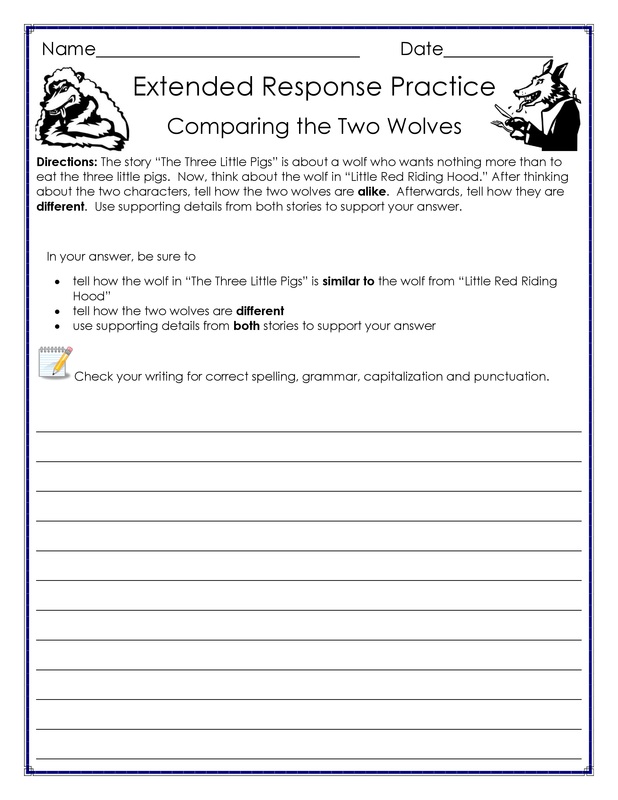
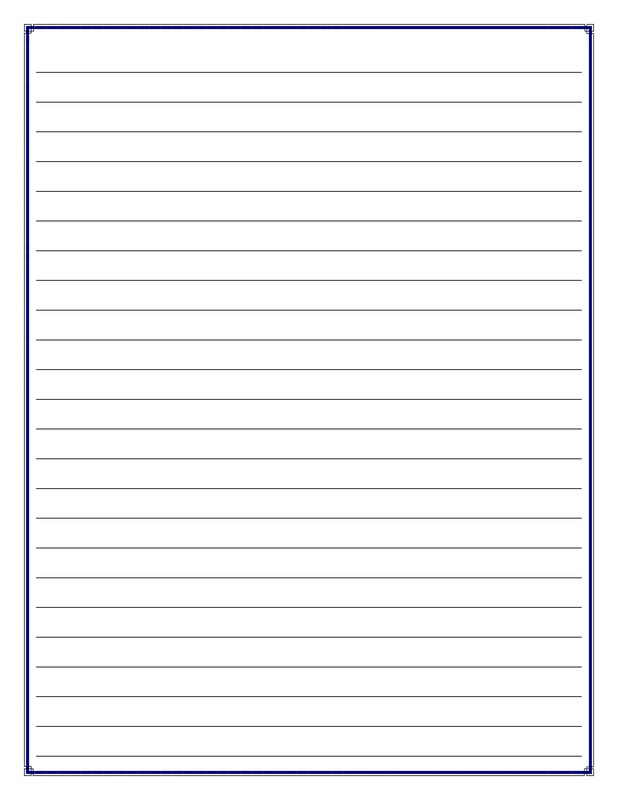
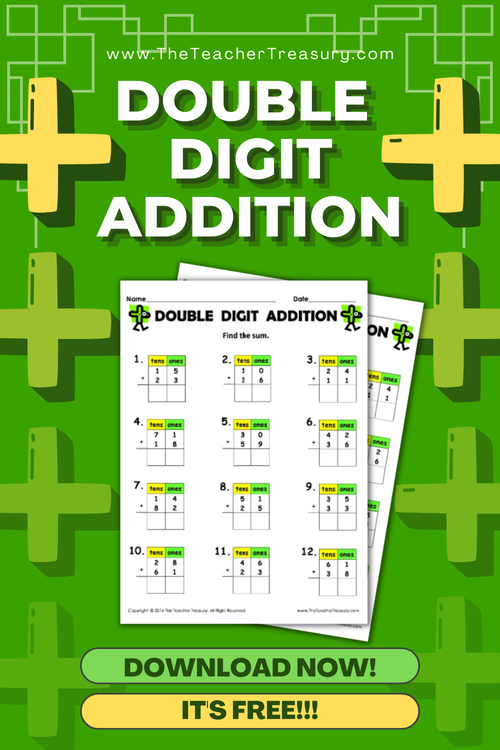
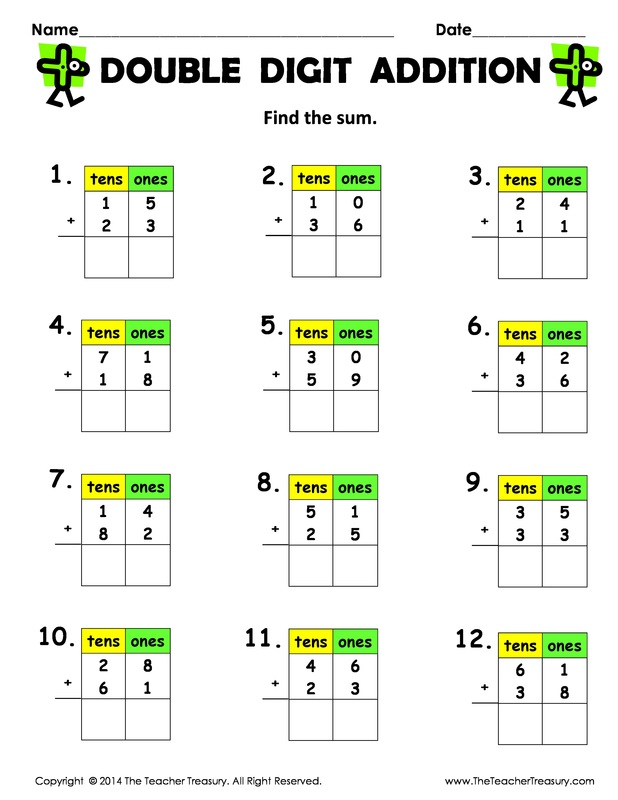
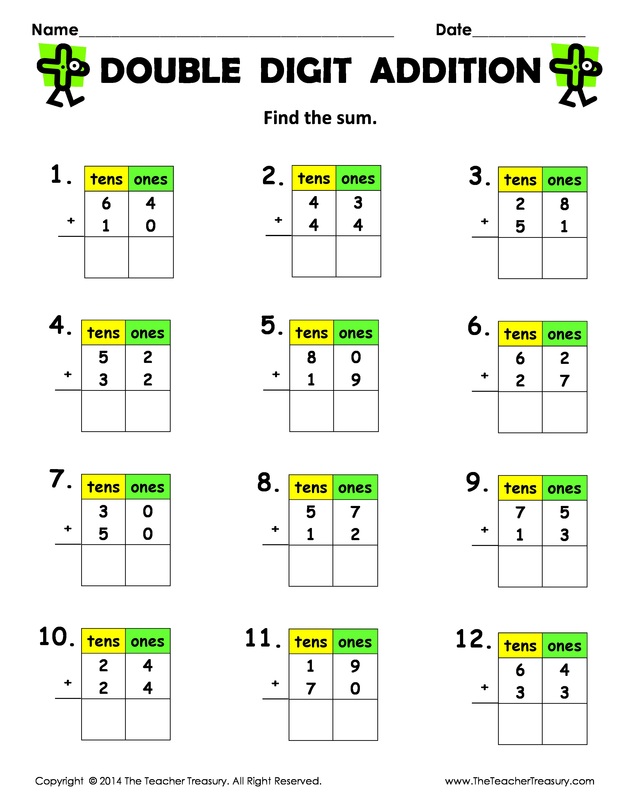
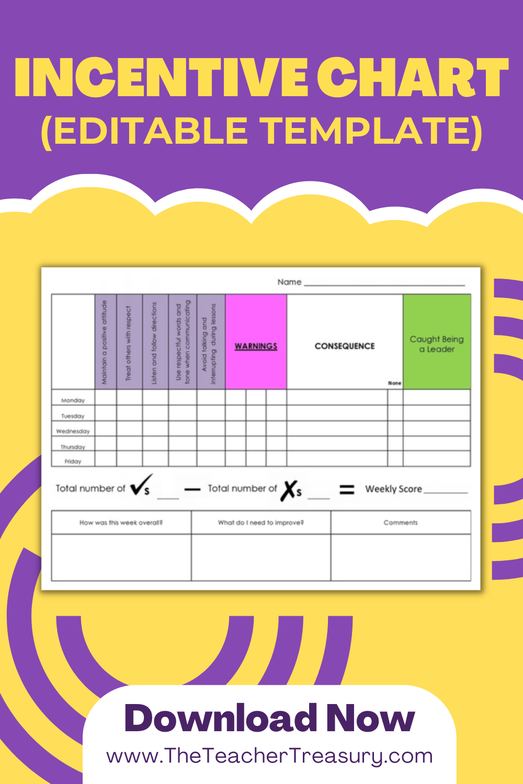
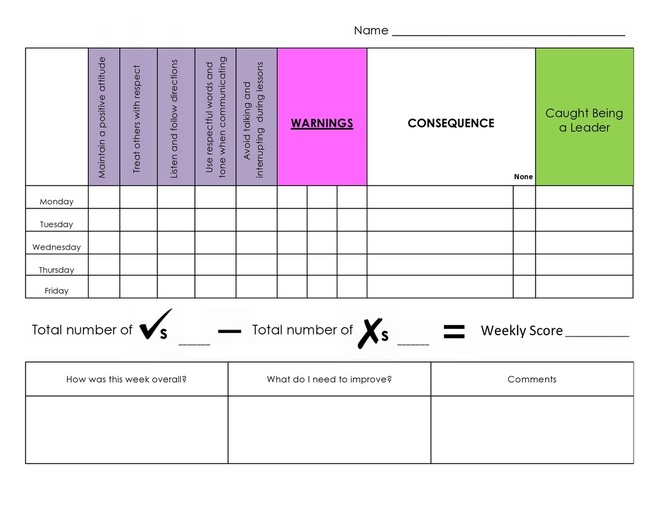
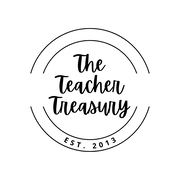
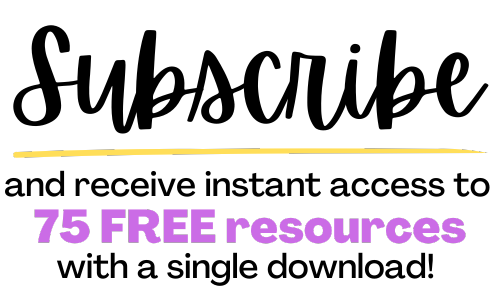
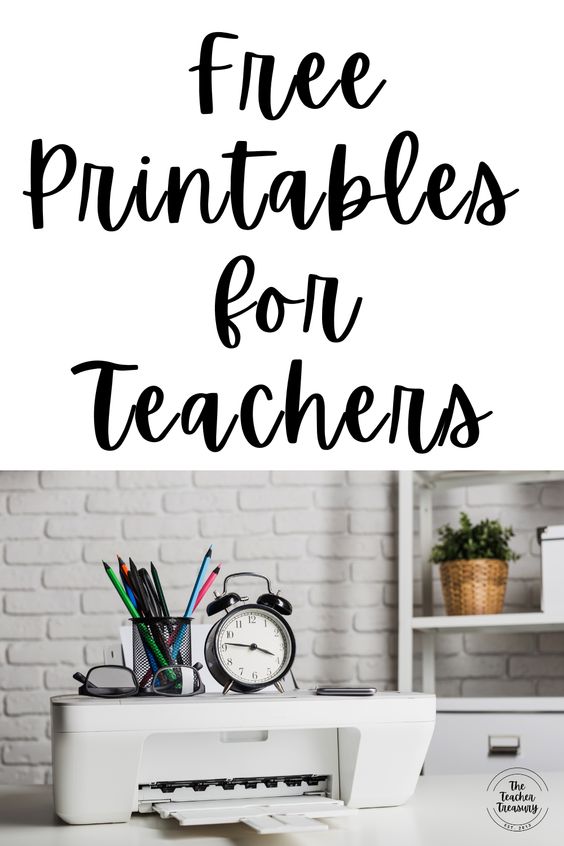



 RSS Feed
RSS Feed